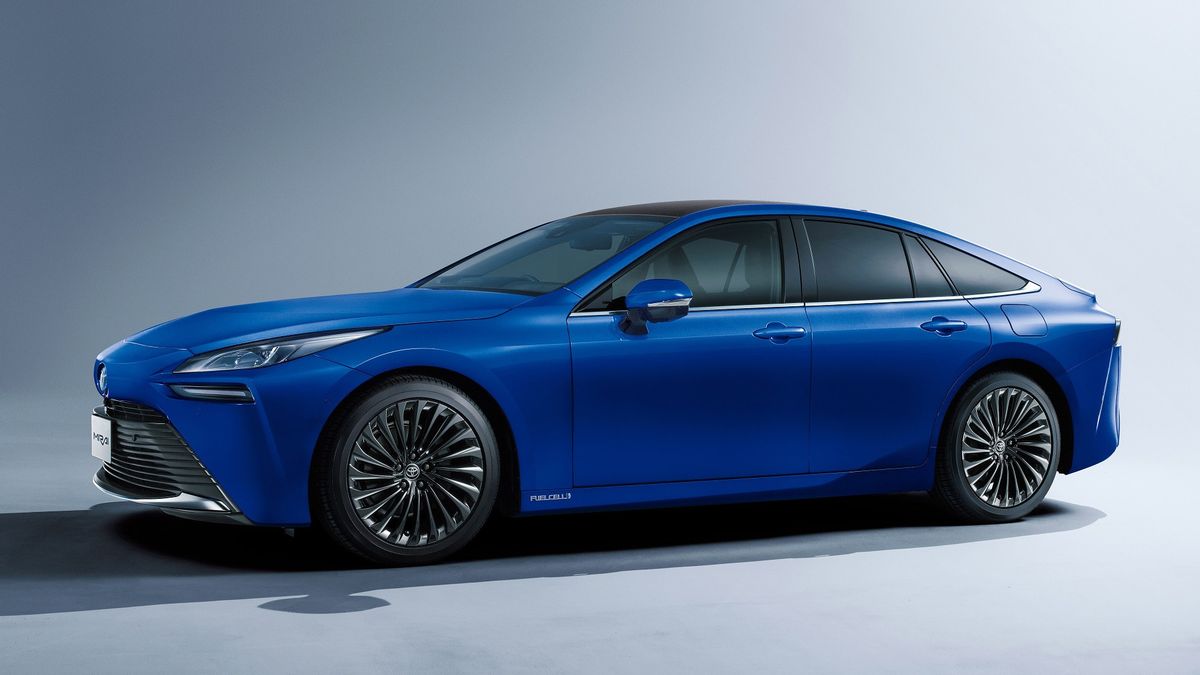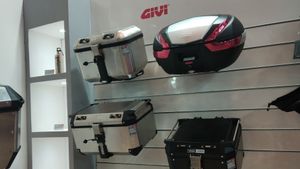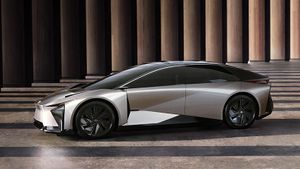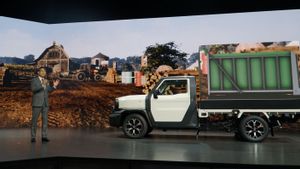Toyota is known as a pioneer in presenting hydrogen fuel cell (FCV) technology vehicles. This is evidenced by the manufacturer presenting Mirai, as the first mass-produced FCV model. However, it looks like the approach will end soon.
Hiroki Nakajima, as Toyota's Technical Head, said that the work of the model did not run successfully due to several factors, some of which were very low supporting infrastructure.
"We've tried Mirai but it hasn't worked. This is because the hydrogen station is very small and difficult to realize, so Mirai's sales have less volume," said Nakajima, quoted from Autocar, Thursday, October 26.
He added that hydrogen fuel is very suitable for use in commercial vehicles, such as trucks. This is because the vehicle has the ability to build a more controlled fuel network.
A large number of trucks can easily operate fuel networks to others, so you can operate the station more stable. Commercial vehicles are the most important area to try to continue using hydrogen," said Nakajima.
VOIR éGALEMENT:
However, Toyota is not willing to give up on presenting a hydrogen passenger car. They are currently looking for ways to reduce the size of the components including piles of fuel cells and tanks so that they can be applied to various types of cars and expand their reach.
Toyota Mirai is equipped with hydrogen fuel cells and electric motors installed behind which can generate 180 dk of power, as well as 0-100 km/hour acceleration within 9.2 seconds. With an electric motor accompanied by hydrogen energy, Mirai can cover a distance of 647 km.
Currently, the FCV segment is still limited, with Toyota Mirai and Hyundai Nexo becoming the main representatives. Sales of FCV are mostly concentrated in California, the US, and limited infrastructure, causing this segment to not get much attention. However, in terms of efficiency and environmentally friendly, hydrogen vehicles are not inferior to electric vehicles, because they only emit water vapor as a result of burning without harmful emissions.
Another advantage is the efficiency in the use of fuel, where FCV has higher energy conversion efficiency than conventional internal combustion engines. The charging of hydrogen-fueled cars is also faster, it only takes a few minutes to reach full power.
The English, Chinese, Japanese, Arabic, and French versions are automatically generated by the AI. So there may still be inaccuracies in translating, please always see Indonesian as our main language. (system supported by DigitalSiber.id)











